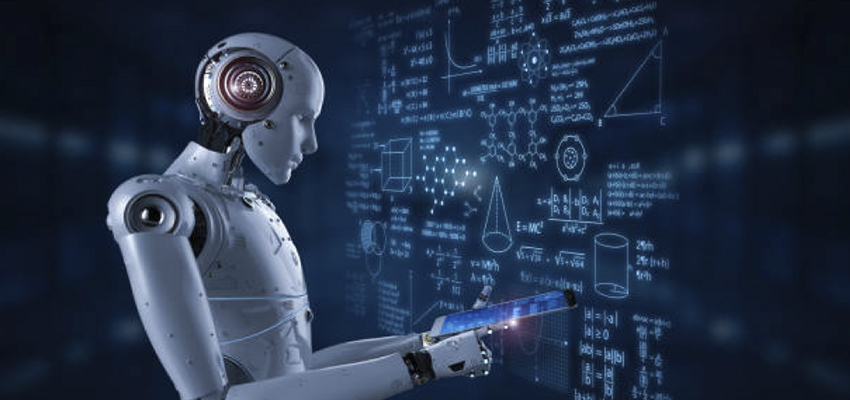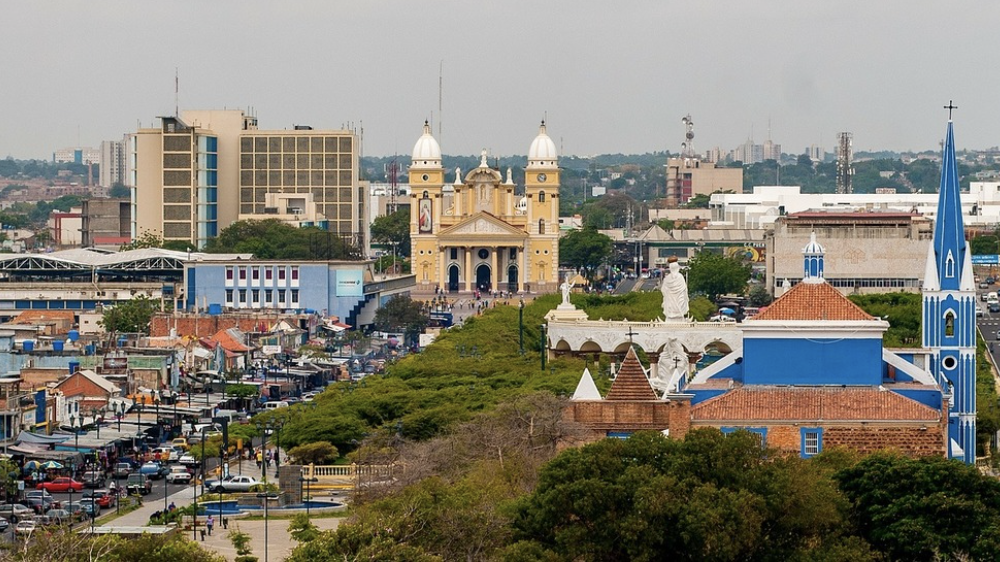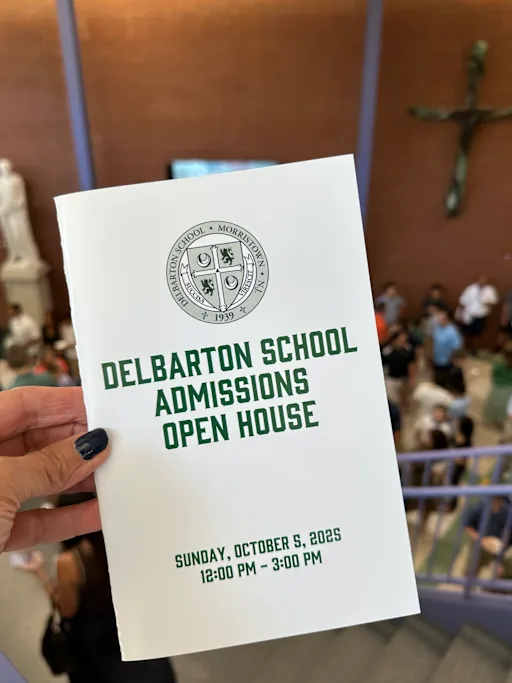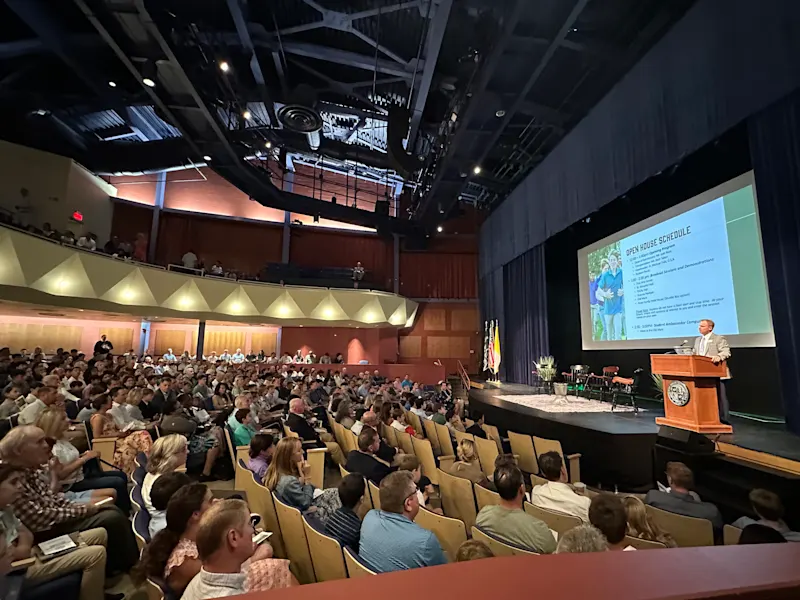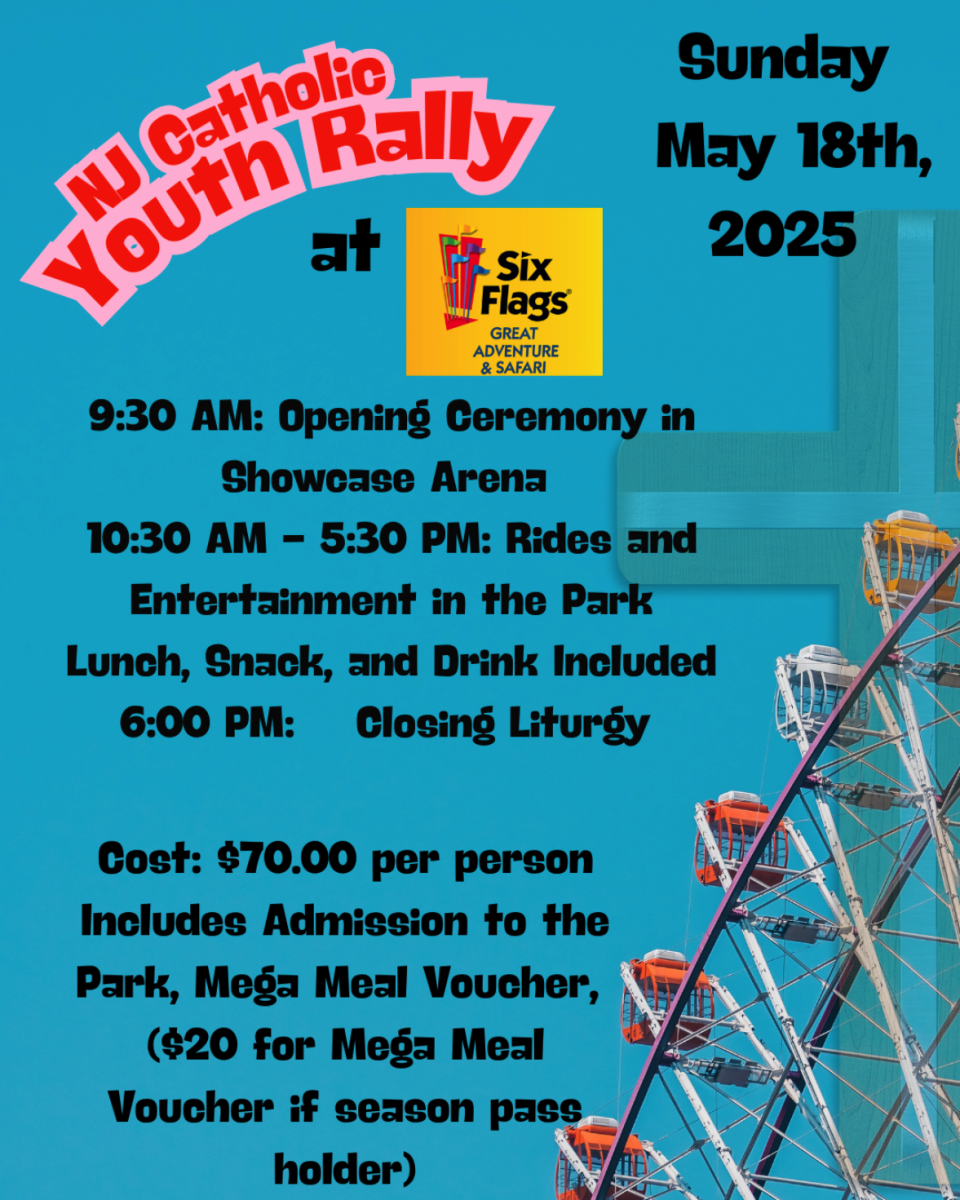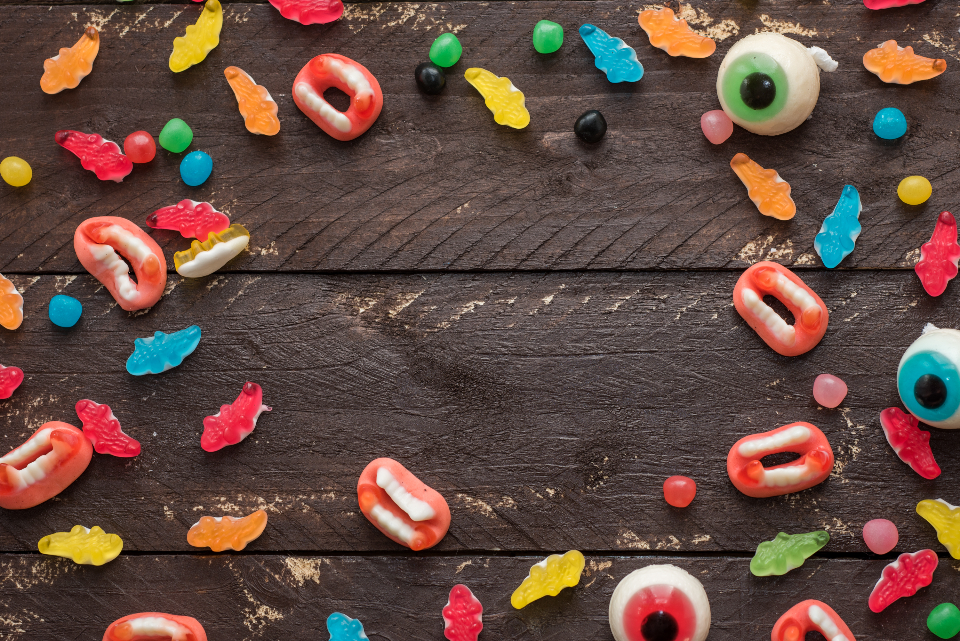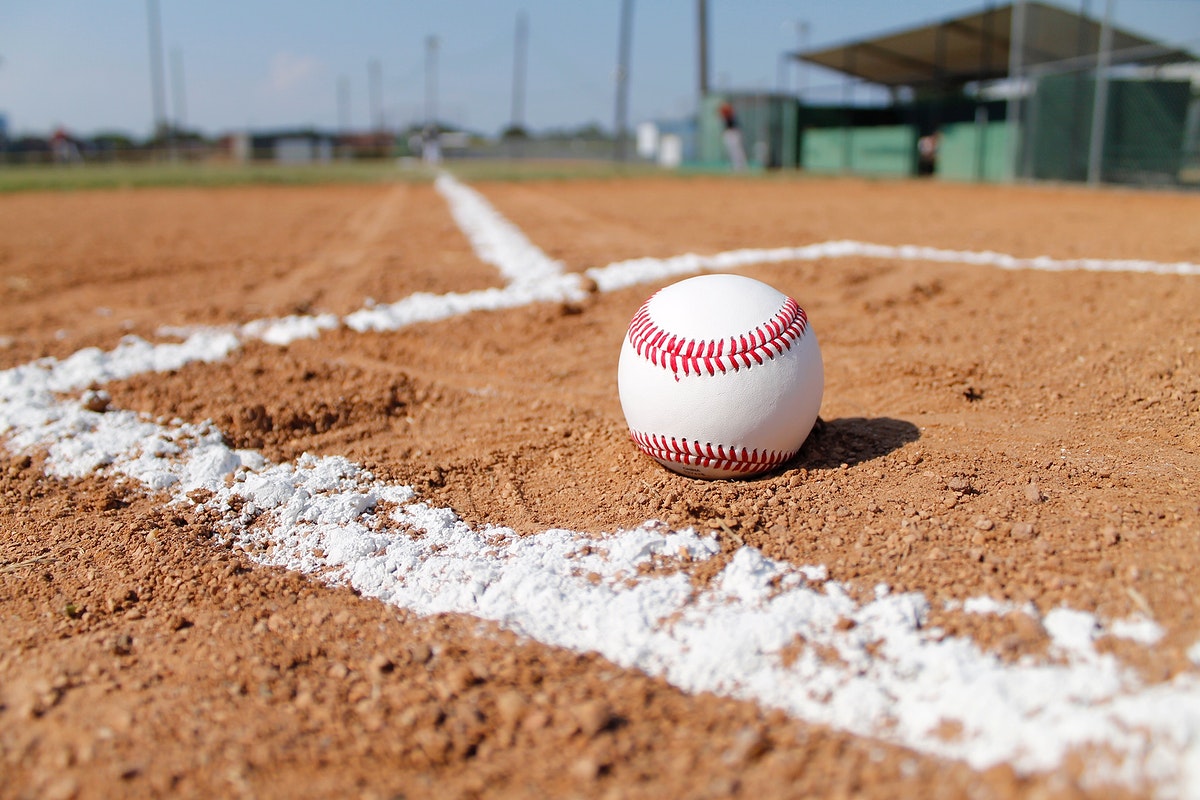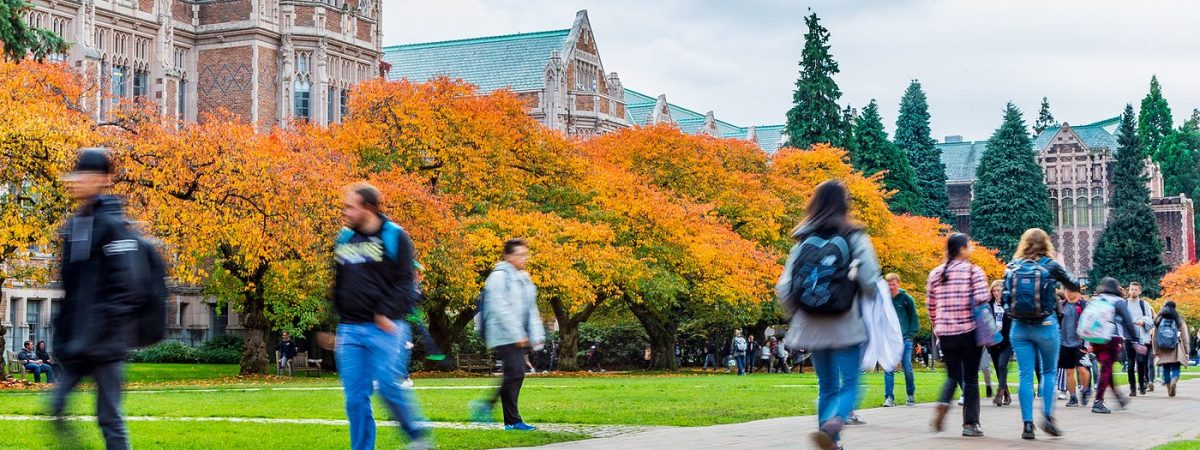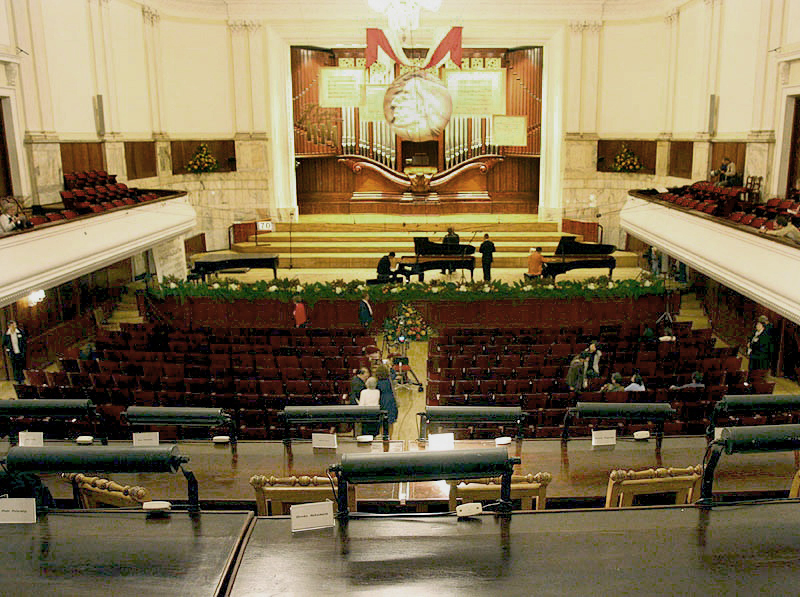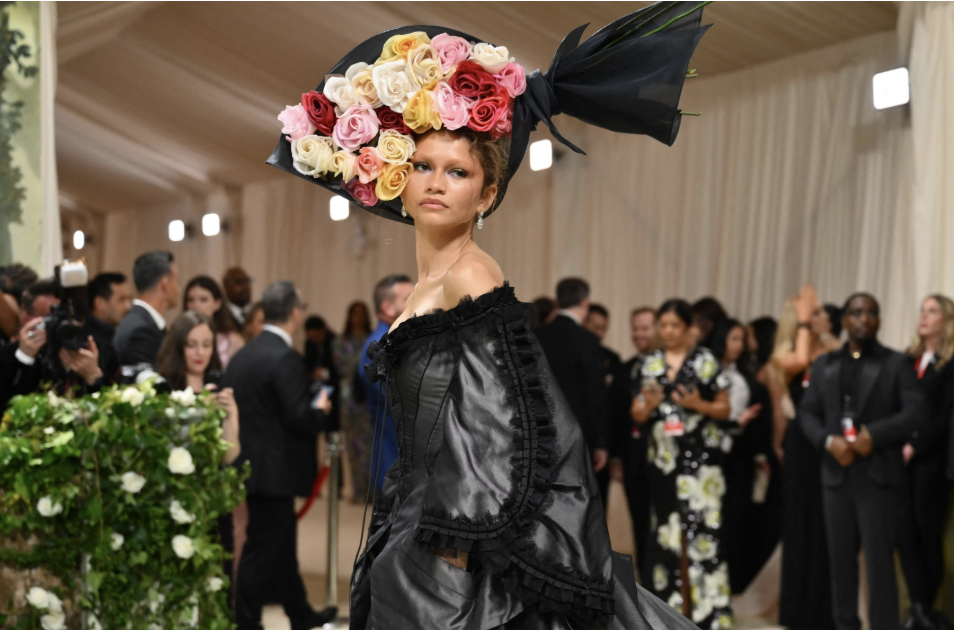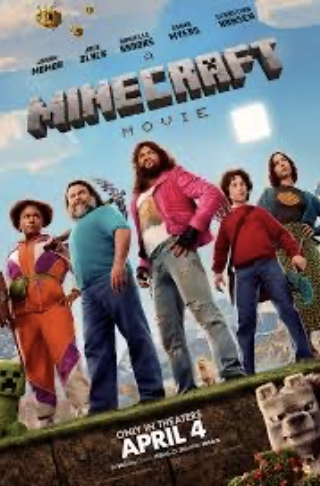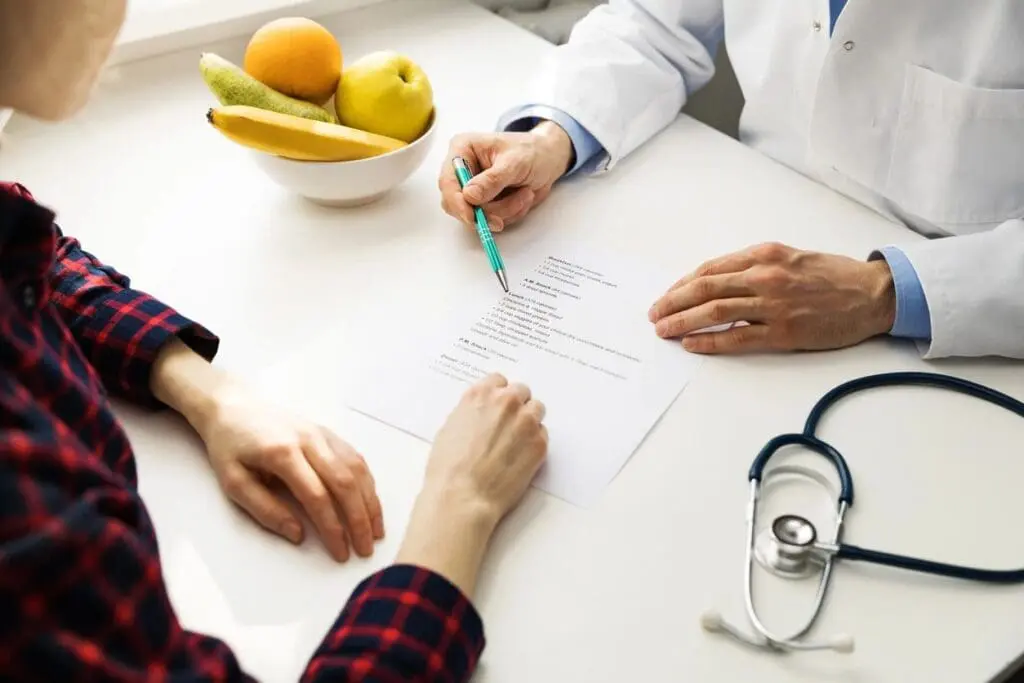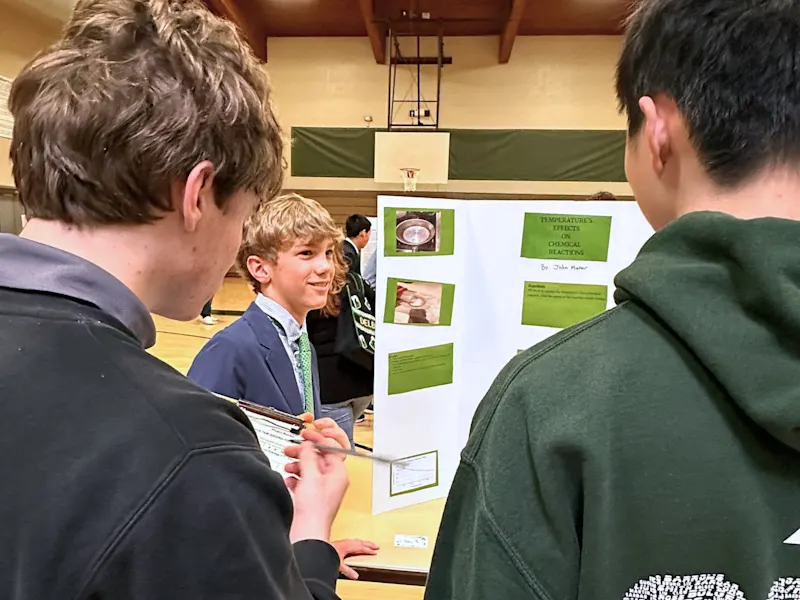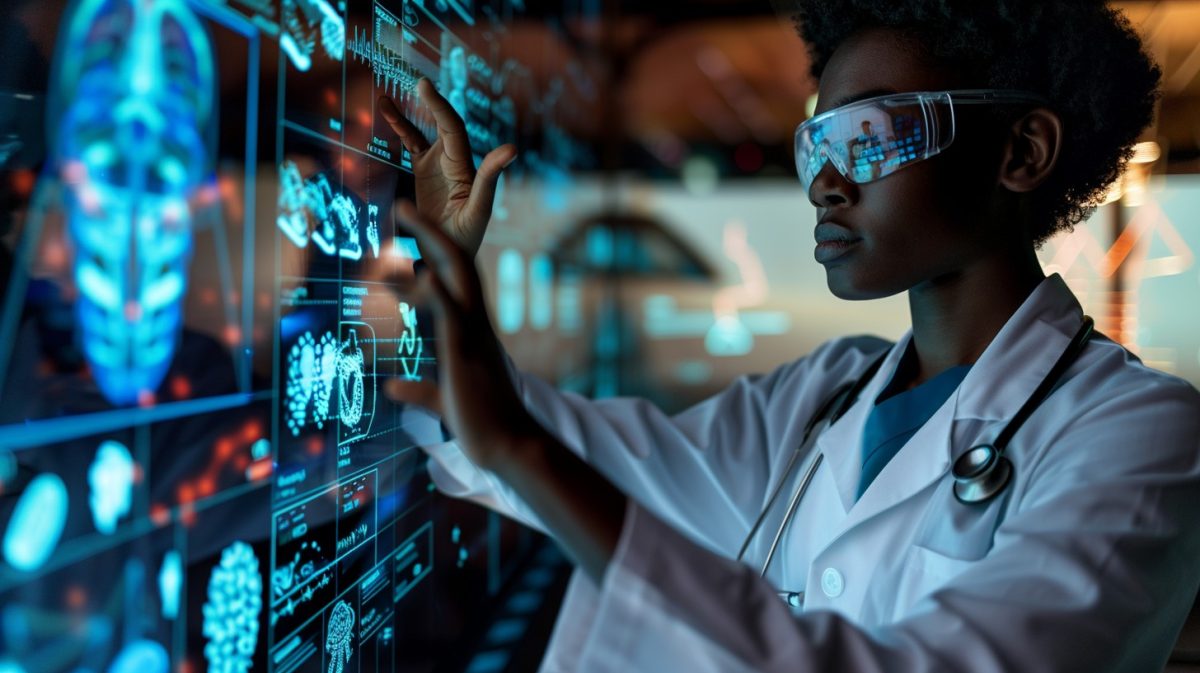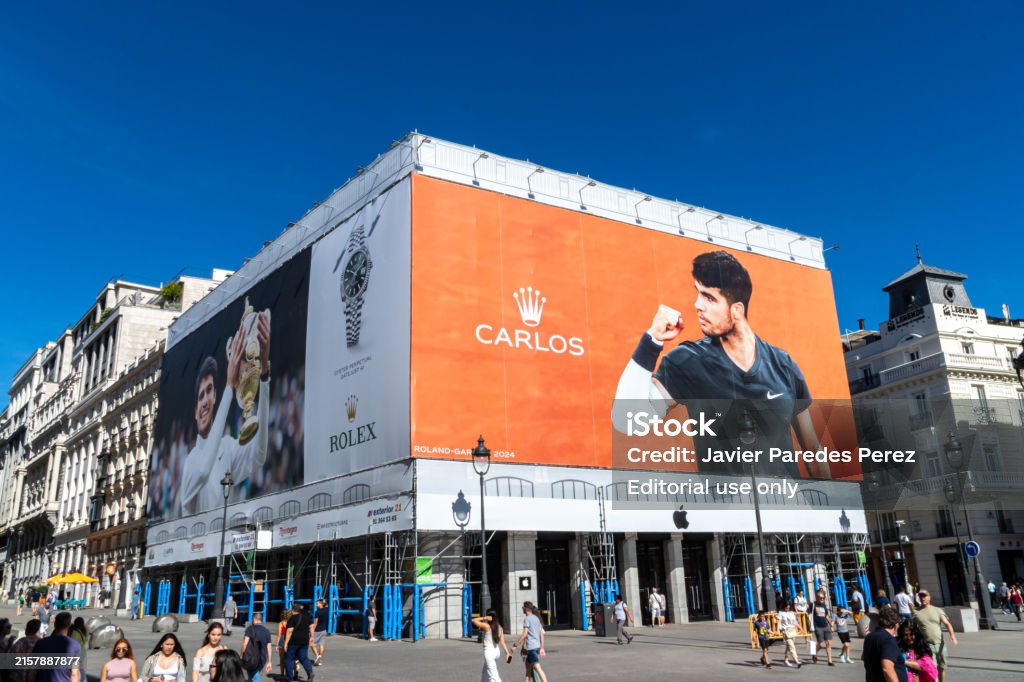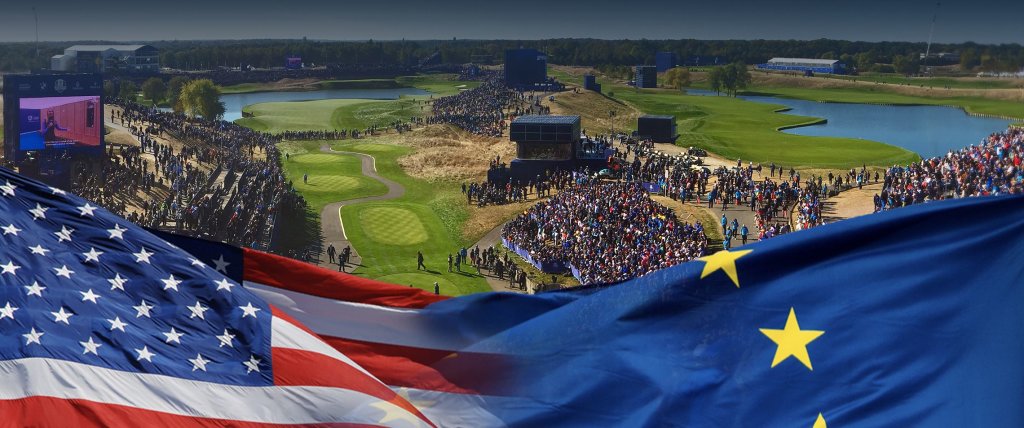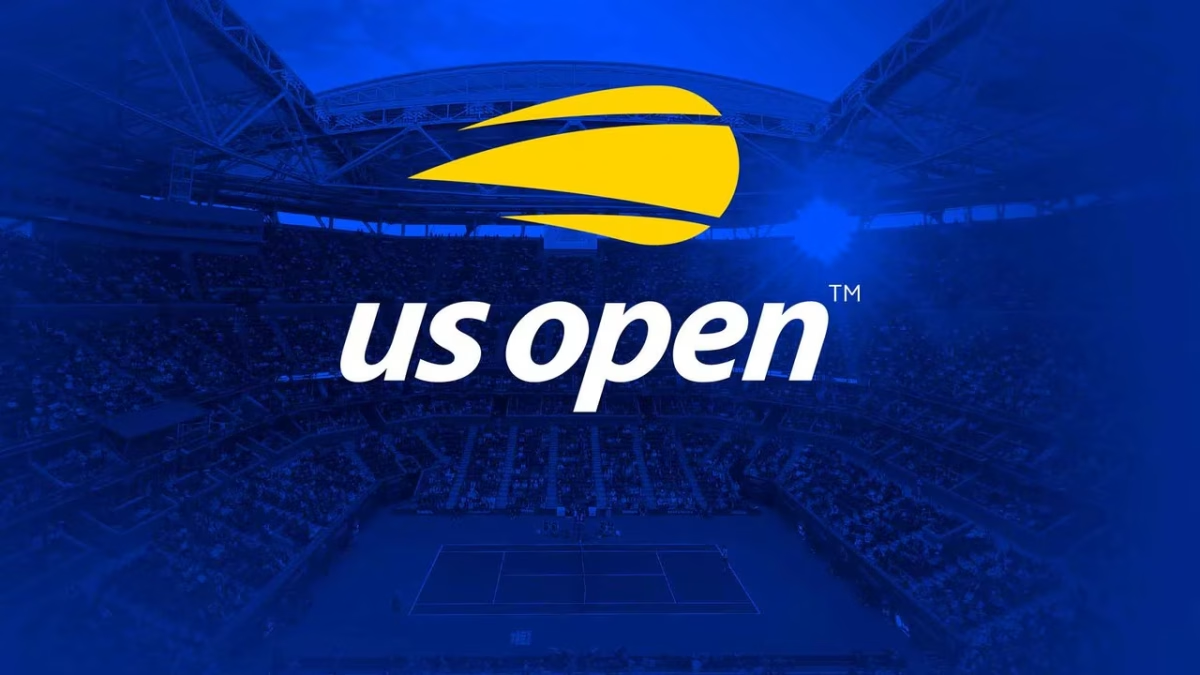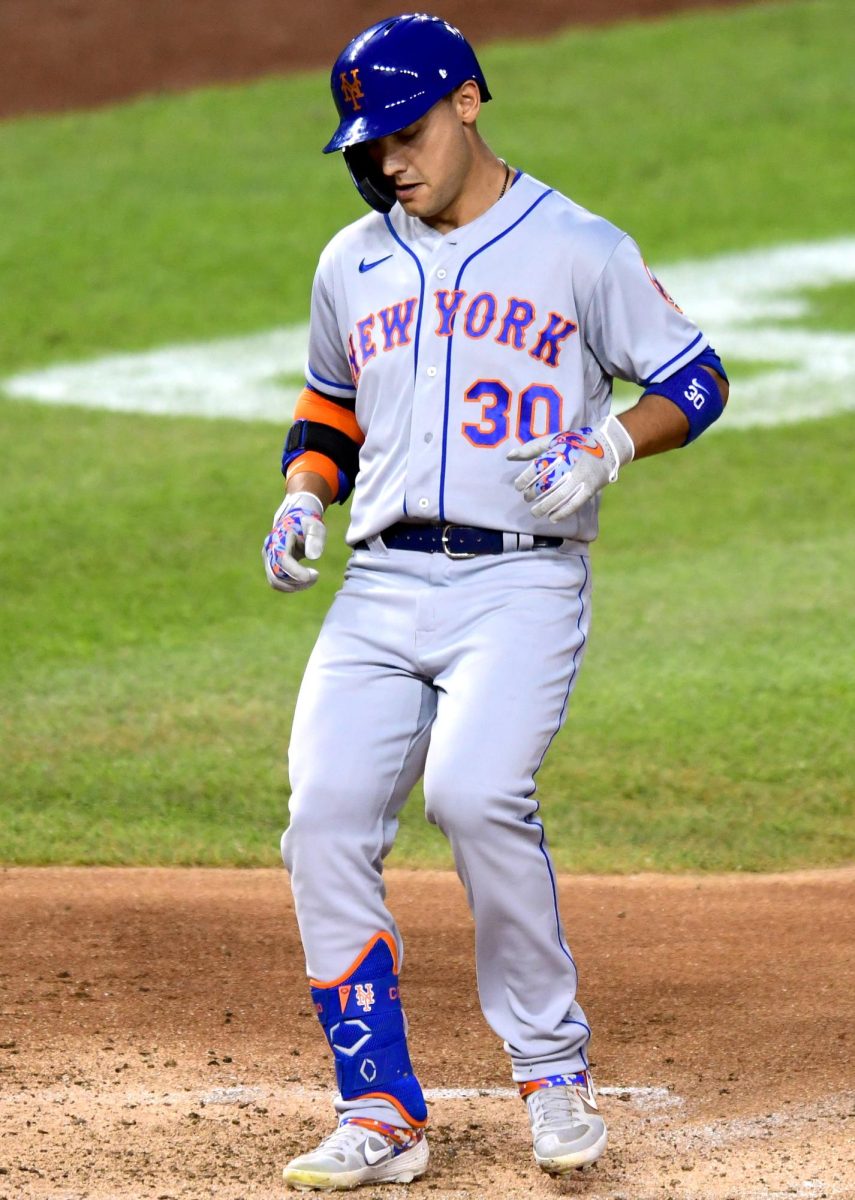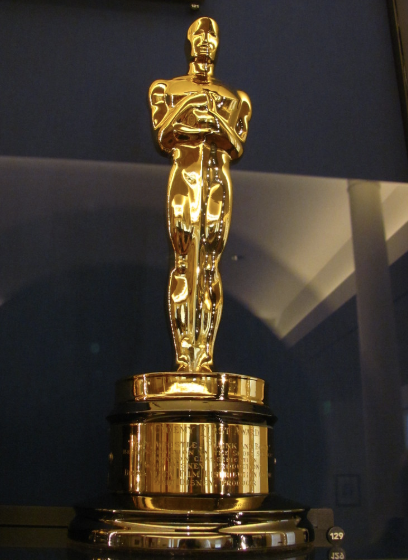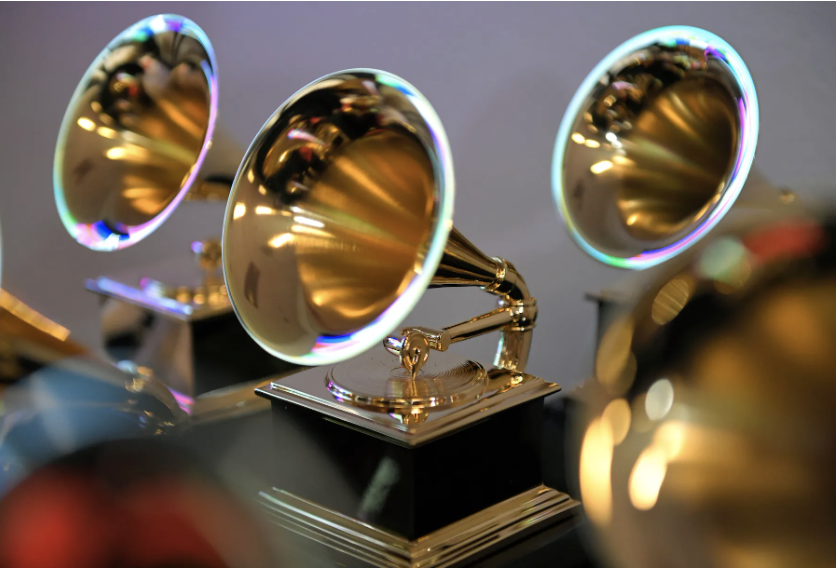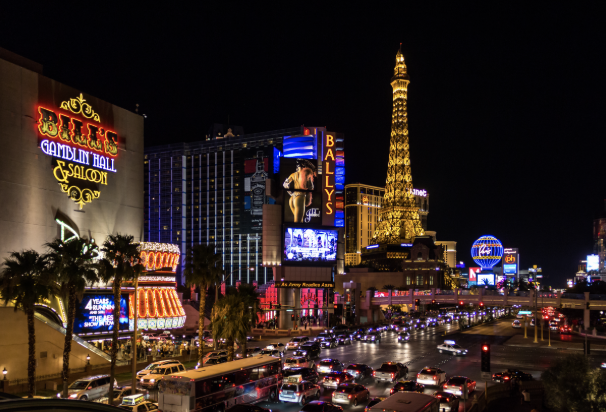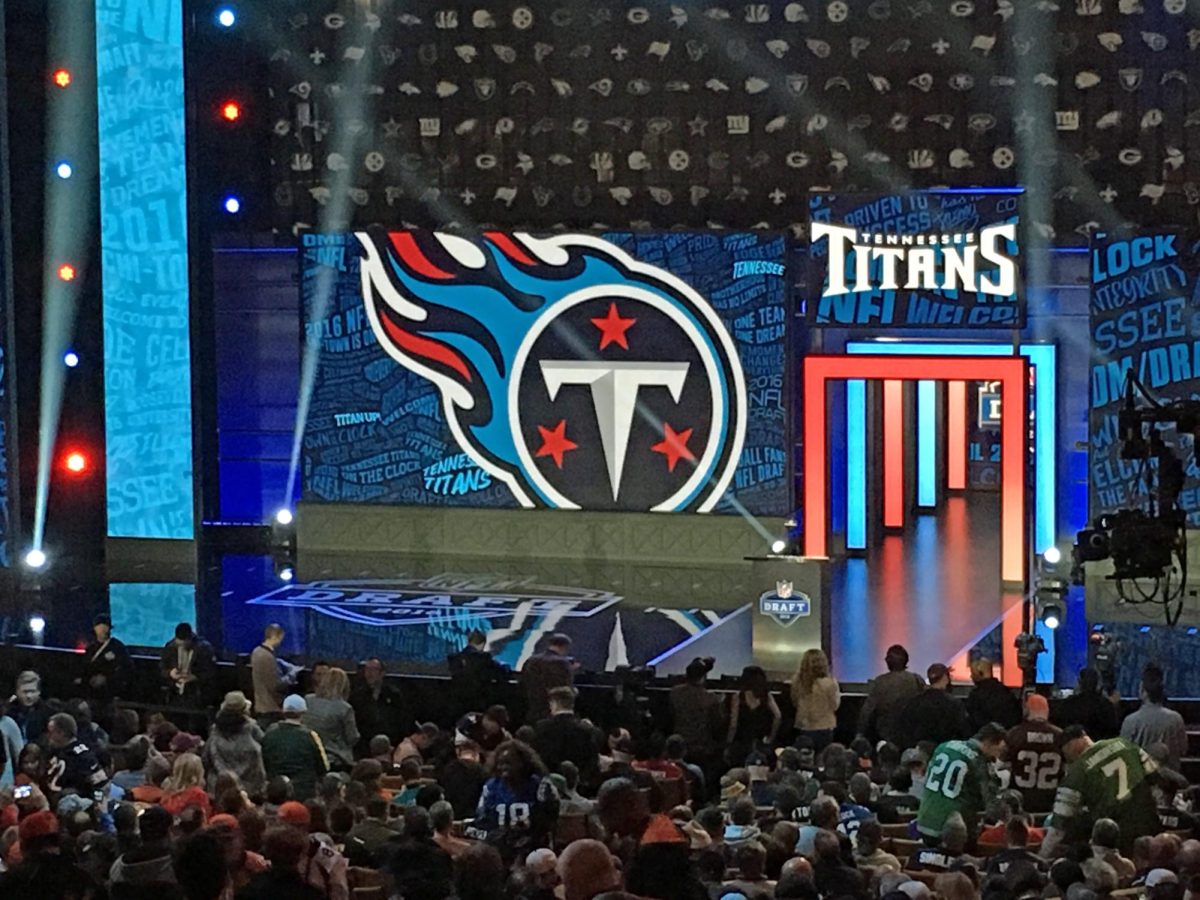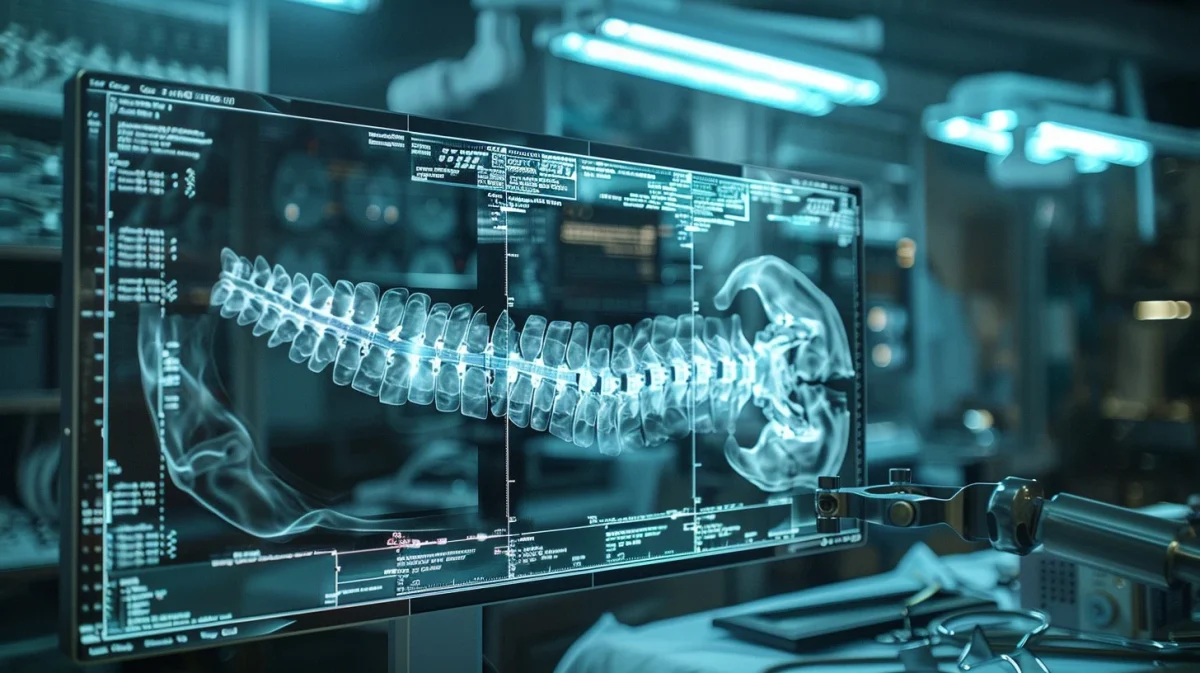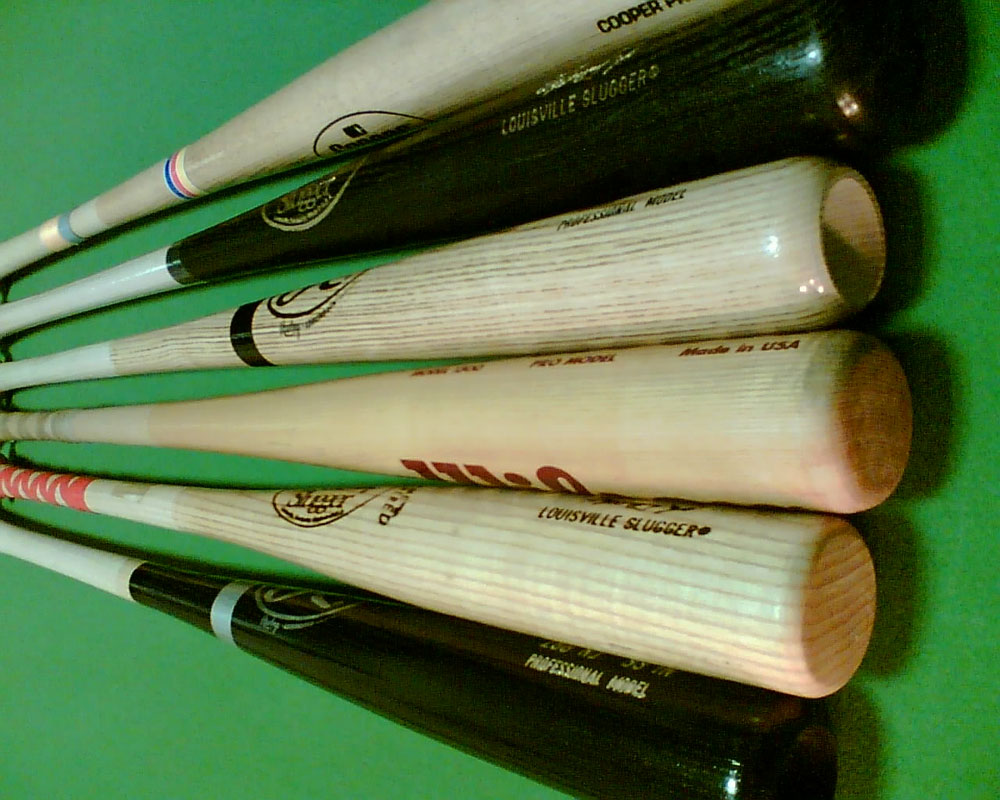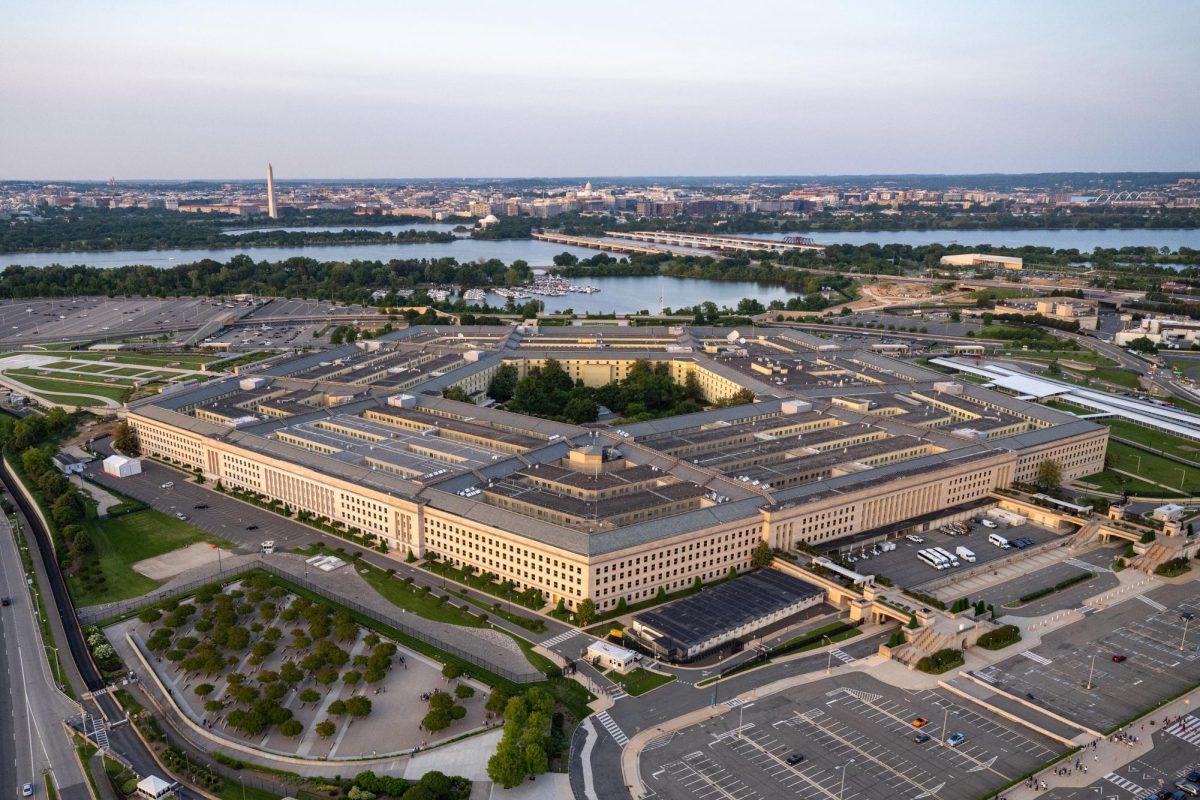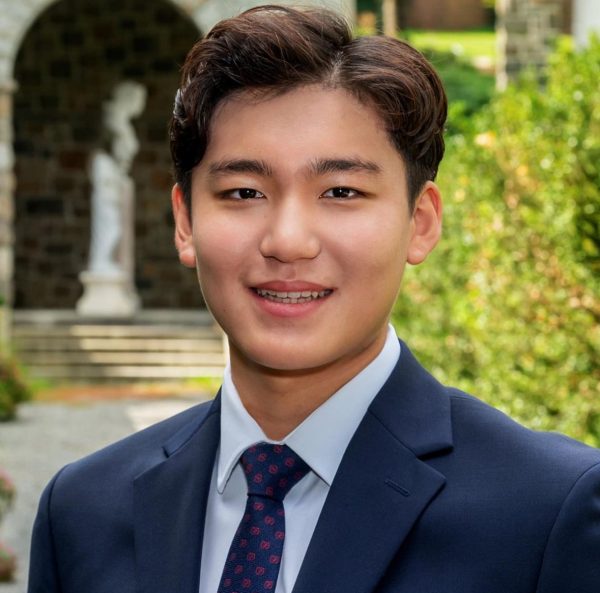In recent years, Artificial Intelligence (AI) has made astounding strides, infiltrating nearly every facet of our lives. While its applications in various occupations and industries have led to increased efficiency and productivity, there remains a growing concern about its impact on creativity and genuine artistic expression.
AI, with its ability to generate content, has undeniably contributed to the democratization of creative tools, making it more accessible to a wider audience. However, this surge in automation comes at a price: the risk of stifling human creativity.
Replication, Not Innovation
One of the most significant concerns surrounding AI’s impact on creativity is its tendency to prioritize replication over innovation. Many AI-driven tools are designed to analyze existing works and generate new content based on established patterns and styles. This can lead to a homogenized output that lacks the depth, nuance, and personal commitment that are characteristic of genuinely original art.
Art is not solely about technical proficiency, but also about the emotional and intellectual journey of the artist and the statement they wish to make through their art. AI, though proficient at mimicking styles, struggles to replicate the authentic experiences, emotions, and unique perspectives that human artists infuse into their creations.
Erosion of Artistic Skill
As AI tools become more sophisticated, there’s a growing concern that reliance on these technologies may erode the development of fundamental artistic skills. When artists rely too heavily on automated tools, they may miss out on the essential learning experiences that come from hands-on practice, experimentation, and honing their craft through trial and error.
Artistic development is not just about the final product, but the journey and the learning experiences that shape an artist’s perspective. Relying on AI tools to generate content hinders this crucial growth process.
Diminished Personal Connection
Art is a medium for self-expression and a channel for artists to communicate their unique perspectives with the world. The use of AI in the creative process risks diluting the personal connection between artists and their work. When a significant portion of the creative process is automated, artists may feel detached from their own creations, leading to a sense of artistic dissonance and lack of personal fulfillment.
Homogenization of Artistic Styles
With the prevalence of AI-generated content, there’s a risk of a narrowing of artistic styles. As AI algorithms learn from existing data, they tend to reinforce popular trends and preferences, potentially stifling the emergence of new, unconventional, or niche artistic styles.
Art thrives on diversity, allowing for a multitude of voices, perspectives, and styles to coexist. If AI is allowed to become the dominant creative force, we risk losing this vital diversity, leading to a cultural landscape dominated by a few standardized aesthetics.
